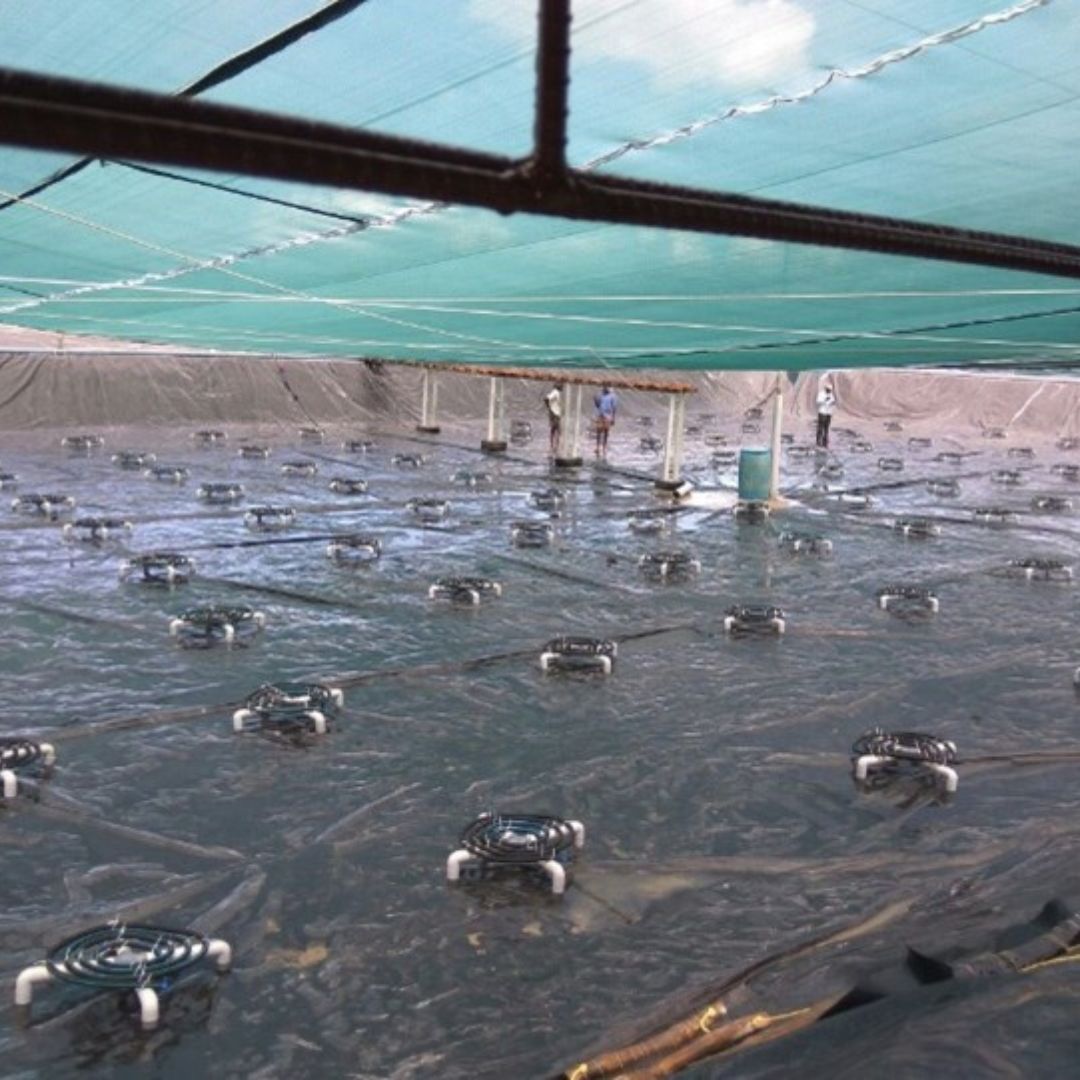Restocking shrimp in an existing pond or tank requires careful preparation to ensure the optimal conditions for shrimp growth and survival. Whether you're replenishing your shrimp stock after a harvest or introducing new batches, proper preparation is essential for maintaining water quality, minimizing stress, and maximizing productivity. In this guide, we'll walk you through the essential steps to prepare your existing shrimp farming facility for restocking.
1. **Water Quality Assessment**: Start by assessing the
current water quality parameters in your pond or tank. Test for pH,
temperature, salinity, and dissolved oxygen levels to ensure they meet the
ideal range for shrimp farming. Make necessary adjustments using appropriate
treatments or additives to create a suitable environment for shrimp.
2. **Pond Maintenance and Cleaning**: Before restocking shrimp, thoroughly clean and maintain your pond or tank to remove any accumulated debris, sediment, or algae. Use a net or vacuum to clean the bottom and sides of the pond, and perform necessary repairs or maintenance on equipment such as aerators or filters.
If you have installed aeration equipment like aeration tubes, you need to clean them thoroughly. You can find the proper guide to cleaning aeration tubes on the free resource www.airoxi.com or https://www.airoxi.com/downloads or access it here https://www.airoxi.com/files/catalog/download_brochure/How%20to%20get%20best%20results%20from%20AirOxi%20tube.jpg
3. **Biosecurity Measures**: Implement biosecurity protocols to minimize the risk of disease introduction and spread. Quarantine new shrimp stock before introducing them into the main pond or tank, and monitor for any signs of illness or stress. Restrict access to the farm to prevent contamination from external sources.
4. **Soil Treatment and Substrate Management**: If your pond
has a soil substrate, treat it appropriately to maintain optimal conditions for
shrimp. Apply lime to stabilize pH levels and reduce acidity, and incorporate
clay to improve soil structure and nutrient retention. Ensure the substrate is
well-aerated and free from toxic substances.
5. **Aeration and Oxygenation**: Proper aeration is crucial
for maintaining adequate oxygen levels in the water, especially in densely
stocked ponds or tanks. Evaluate your existing aeration system and consider
upgrading or adding additional aerators, such as AirOxi aeration tubes with
blower, to improve oxygen transfer and circulation.
7. **Feeding and Nutrition Planning**: Develop a feeding
plan based on the nutritional requirements of shrimp at different growth
stages. Use high-quality feed formulated specifically for shrimp farming, and
adjust feeding rates based on water temperature, stocking density, and shrimp behaviour.
By proper planning you can reduce the COD and then good aeration through
diffused aeration and blower system will ensure that the BOD and COD both are
properly fulfilled
By following these essential steps, you can effectively prepare your existing shrimp farming pond or tank for restocking. Proper preparation is key to ensuring the success and sustainability of your shrimp farming operation, maximizing yields, and minimizing risks. With careful planning and attention to detail, you can create an optimal environment for shrimp growth and achieve profitable returns from your investment.
+91 – 9652122060
Email: marketing.airoxitube@gmail.com
info@airoxi.com
www.buy.airoxi.com
#envirment #everyone #airoxitube #airoxi
#airoxidiffuser #airoxiproducts #aquarium #aquaculture #fishing #fishingfarm
#shrimp #shrimptank #fishtank #tank #RAS #aeration #aerationsystem #bubble
#post #postoftheday #oxygenation #hatcheries #shrimpfarm #aqualife #blower
#microbubblegenerator #transportationaeration #turbineblower
#submersibleaerator #biofloc #growoutponds #nurseries #oxygenconcentrator
#diffuser



No comments:
Post a Comment